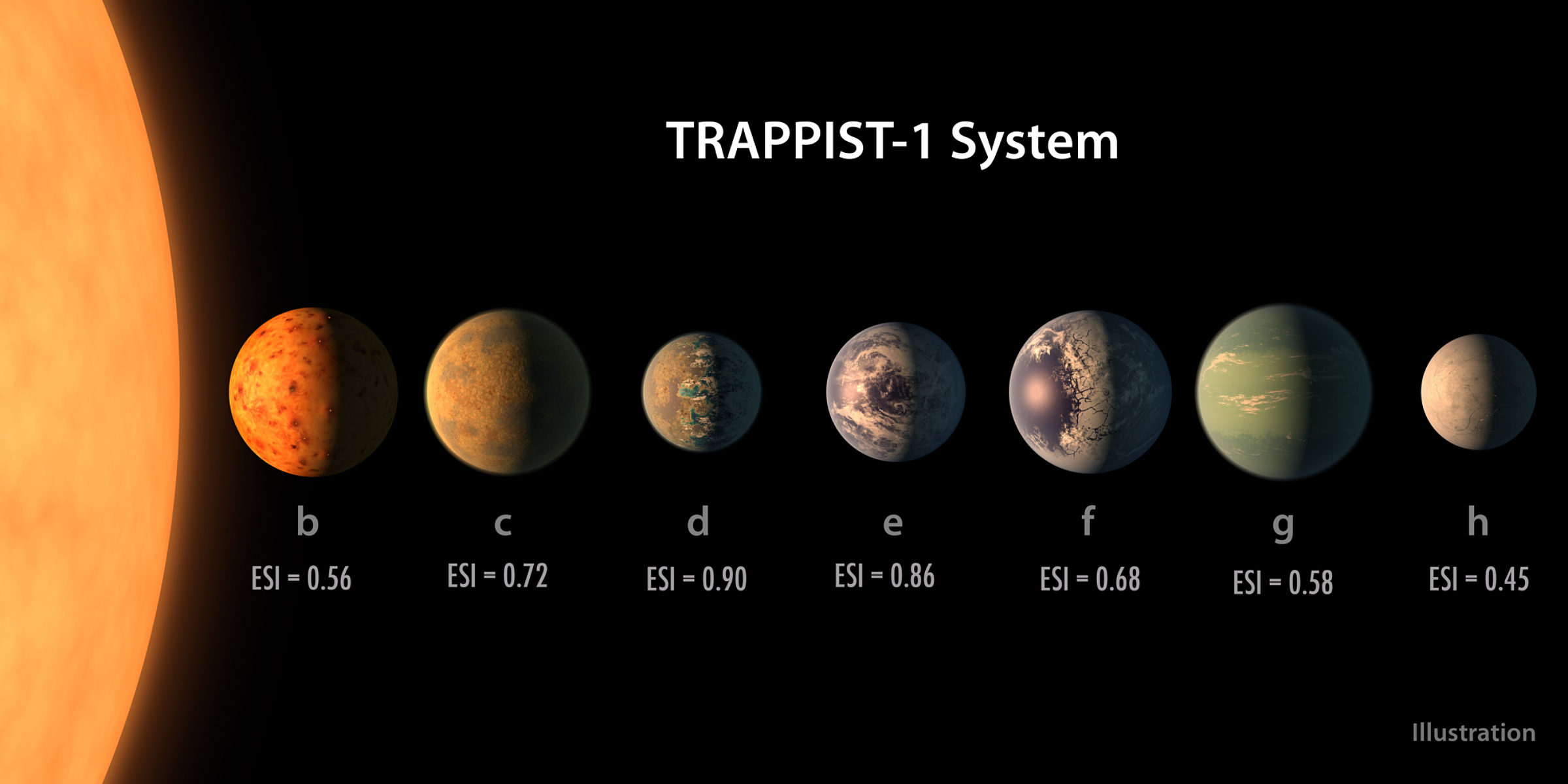Planetary Radio • Mar 01, 2017
The Worlds of TRAPPIST-1
On This Episode

Sara Seager
Astrophysicist and Planetary Scientist for Massachusetts Institute of Technology

Bill Nye
Chief Executive Officer for The Planetary Society

Bruce Betts
Chief Scientist / LightSail Program Manager for The Planetary Society

Mat Kaplan
Senior Communications Adviser and former Host of Planetary Radio for The Planetary Society
The discovery of seven, Earth-sized planets in a nearby solar system was announced last week. Astrophysicist and planetary scientist Sara Seager was part of the NASA press conference. Now she joins us to share her excitement about this find that includes three planets in the habitable zone. Digital Editor Jason Davis says we’re a little closer to orbiting and landing on Jupiter’s moon Europa. Bill Nye comments on SpaceX plans to send two people around the moon in 2018. And it’s not too late to catch a high and bright Venus according to What’s Up astronomer Bruce Betts.

Related Links:
- NASA TRAPPIST-1 Planet Discovery
- Wonderful potentially habitable worlds around TRAPPIST-1
- Sara Seager
- NASA's audacious Europa missions are getting closer to reality
- SpaceX Privately Crewed Lunar Mission
- Rod Pyle’s “Amazing Stories of the Space Age”
This week's prizes are a Planetary Radio t-shirt, now available in both men’s and women’s styles. Also, a 200-point iTelescope.net astronomy account, and a Planetary Society rubber asteroid.
This week's question:
Several spacecraft landing sites on Mars are designated as memorials. What is the designation of the Viking One memorial site?
To submit your answer:
Complete the contest entry form at http://planetary.org/radiocontest or write to us at [email protected] no later than Wedensday, March 8th at 8am Pacific Time. Be sure to include your name and mailing address.
Last week's question:
Where in the solar system would you find a crater named Valentine, after Saint Valentine?
Answer:
The answer will be revealed next week.
Question from the week before:
What was the first star to be photographed besides the Sun? It has been used to define zero magnitude on the stellar brightness scale.
Answer:
While there were several possible answers that met Bruce’s requirements, astronaut Thomas Reiter of Germany is who we were looking for as the non-American, non-Russian, non-Soviet who has spent the most time in space.


 Explore Worlds
Explore Worlds Find Life
Find Life Defend Earth
Defend Earth





